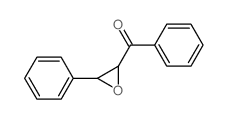| Structure | Name/CAS No. | Articles |
|---|---|---|
 |
Propane Residual Solvent Standard
CAS:74-98-6 |
|
 |
phenyl-(3-phenyloxiran-2-yl)methanone
CAS:7570-86-7 |